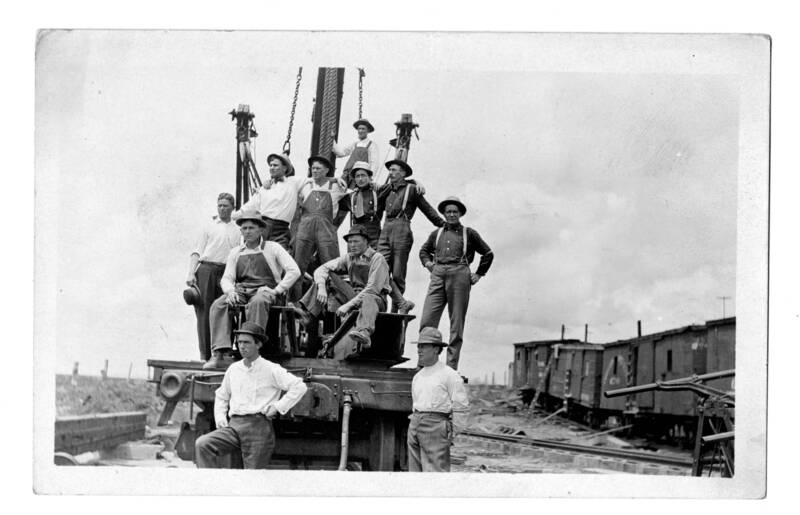In 1873, John Young, with the help of two New York investors, attempted to bring the railroad to Idaho but there was not enough funding to finish the project. The Utah and Northern Railway, established in 1878 as a daughter company of the Union Pacific, continued building the railroad in Idaho. That same year they built through Fort Hall Reservation on a north to south line. The Oregon Shortline Railway (OSL) started in 1881 and was one of the fastest railroads built that went from Granger, Wyoming to Huntington, Oregon. It connected with the Utah and Northern line on the Reservation, and it was here that a small community of railroad workers was established. Named "Pocatello Junction", it became an important transportation crossroads as the Union Pacific expanded its services and provided further development of Idaho's mineral and agricultural resources. The Utah and Northern moved their headquarters in 1887 from Eagle Rock (now, Idaho Falls), to Pocatello, Idaho. This resulted in the government ordering the Reservation to give more land to Pocatello so that the railroad town could continue to grow. Railroads became an economic opportunity that benefitted all social classes. The railroad industry provided jobs and contributed to the growth of cities and towns throughout the country, including Pocatello and southeast Idaho. By the turn of the century, downtown Pocatello was a bustling center of commerce and the residents of this young town numbered just above 4,000. Trains were constantly binging in supplies from destinations across the country and departing just as fas as they arrived, filling the air with the smell of coal smoke.


